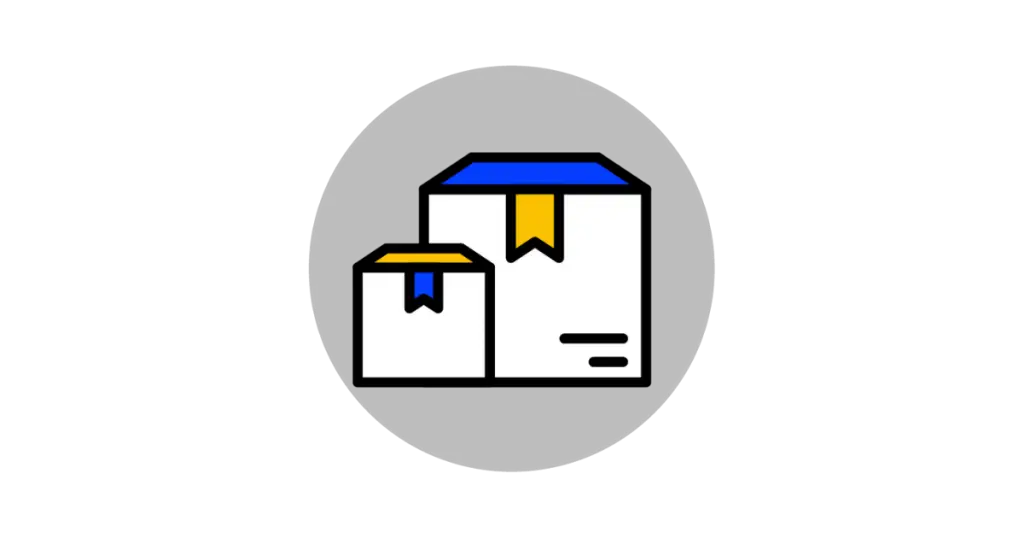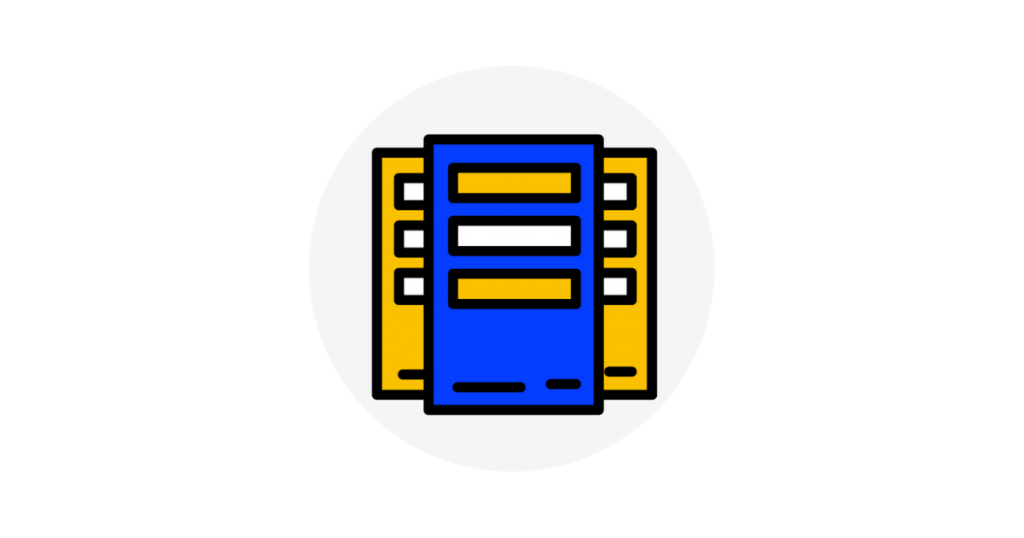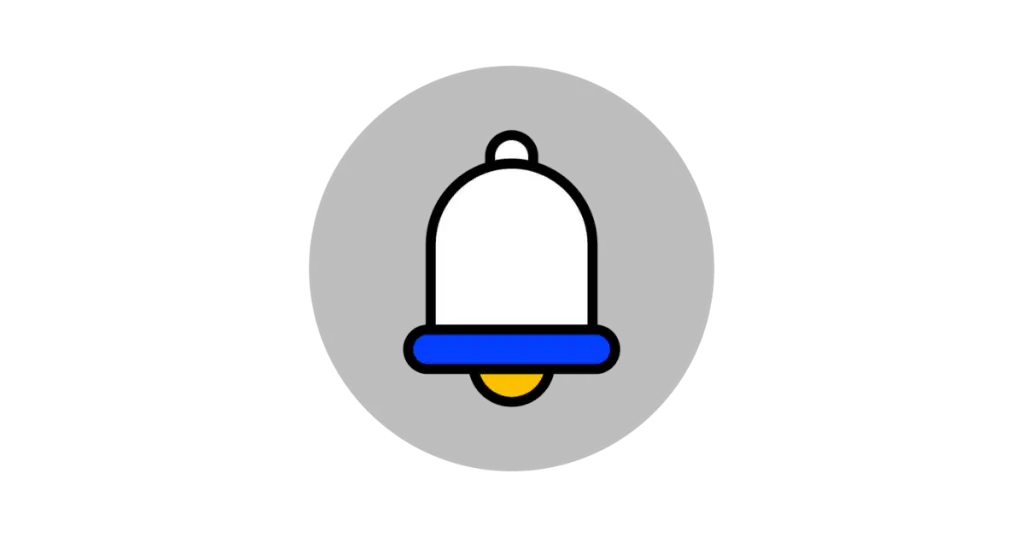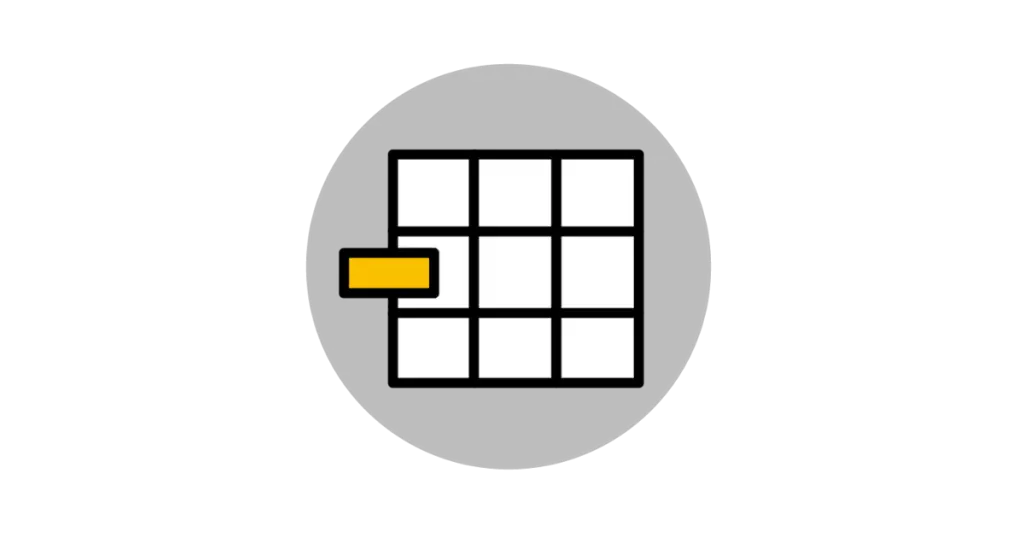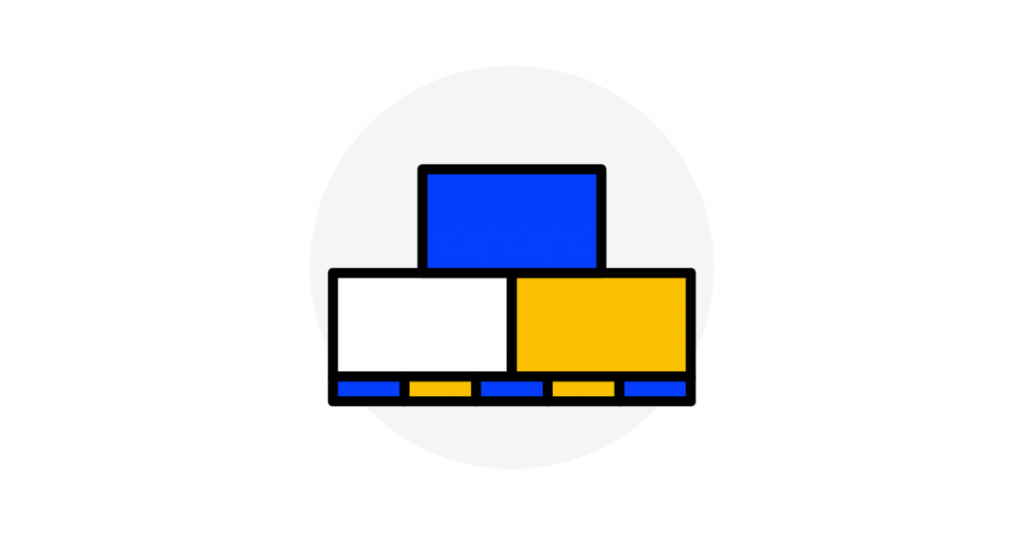Node Functions ‘Collapse Context’ and ‘Remove Context’ can be confusing if you are new to PI/PO space. Although Collapse Context and Remove Context have similarities, there are a few major differences between them. SAP Versions used in the illustration: SAP PO 7.5 What is a Context in PI? Before we look at the differences between […]
Category Archives: PI/PO
SAP Process Integration and Process Orchestration
Let’s look at how to register an ABAP back-end systems in SAP Netweaver System Landscape Directory (SLD). After your BASIS team registers the Technical System of the SAP ABAP system in SLD, you have to take a few steps to make it usable in Integration Scenarios. SAP Versions used in the illustration: SAP PO 7.5 […]
This is a step-by-step guide on how to register a new Alert Consumer in SAP PI/PO Component Based Message Alert framework (CBMA). New Alert Consumer registration is useful when you have a requirement to configure Interface specific alerts. In other words, in case you have a requirement to send alert notifications to different end users depending on […]
Context Objects are a great alternative to Xpath expressions in SAP PI/PO. When creating Xpath based (Content Based) Receiver Rules or Receiver Conditions in Integration Directory, sometimes rules can becomes unreadable and complex due to the long Xpaths. Context Objects allows us to represent a Xpath with easily readable Context Names and reuse them in […]
Extended or Dynamic Receiver Determination is useful when it comes to determining message receivers at interface runtime by evaluating the content of the sender message using complex logics. Standard Receiver Determination allows us to find the receivers based on Xpath of the sender message. An only a limited number of operators are allowed to evaluate […]
The article is a guide on Alert configuration in Process Integration (PI) single stack installation or Process Orchestration (PO) with a step-by-step configuration example. In this article we will discuss the features of the SAP PI/PO alert framework, then we will look into the architecture of Component-Based Message Alerting (CBMA), and finally the SAP PI/PO […]
Data Type Enhancements in SAP Process Integration (PI)/Process Orchestration (PO) facilitates modification of input/output data structures of a standard Service Interface or Proxies Interfaces provided with SAP standard applications. Although you can use Data Type Enhancements to append structures to input or output structures of any ABAP proxy (Standard or custom), standard use of the […]
SAP introduced B2B Integration Cockpit (add-on) to facilitate all EDI communications of an organization with one component. Let’s look at how to install B2B add-on in Process Integration (PI) or Process Orchestration (PO). We will look at the steps that should be carried out as part of the Post Installation of B2B Integration Cockpit. B2B […]
Do you feel like there is a complete overhaul of the SAP middleware every 3 days? Ever wondered what are the differences between XI, PI, and PO? Well, you are not alone! There have been major changes to SAP middleware XI/PI/PO in its lifetime. From the first introduction of SAP XI in 2002, SAP has […]
